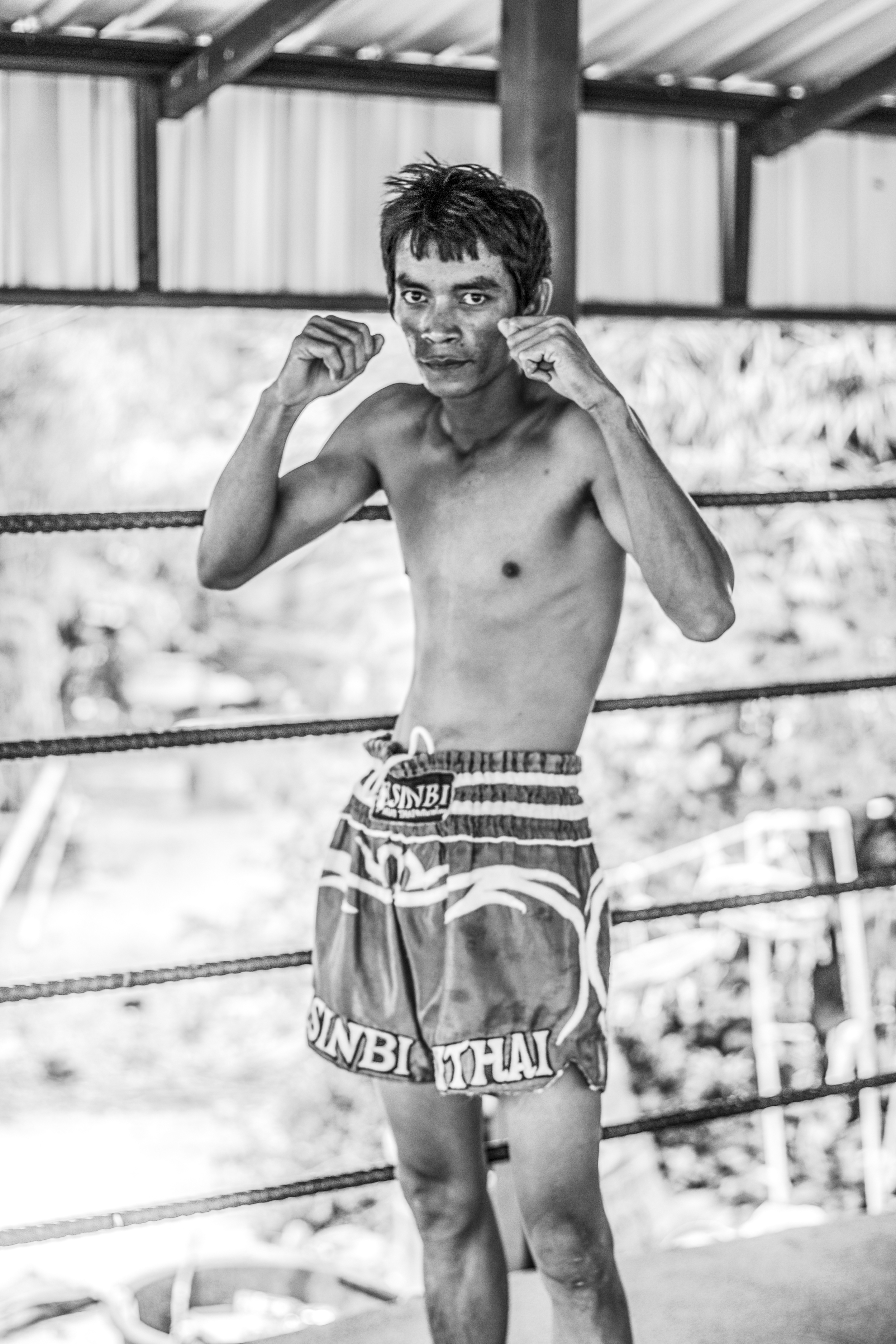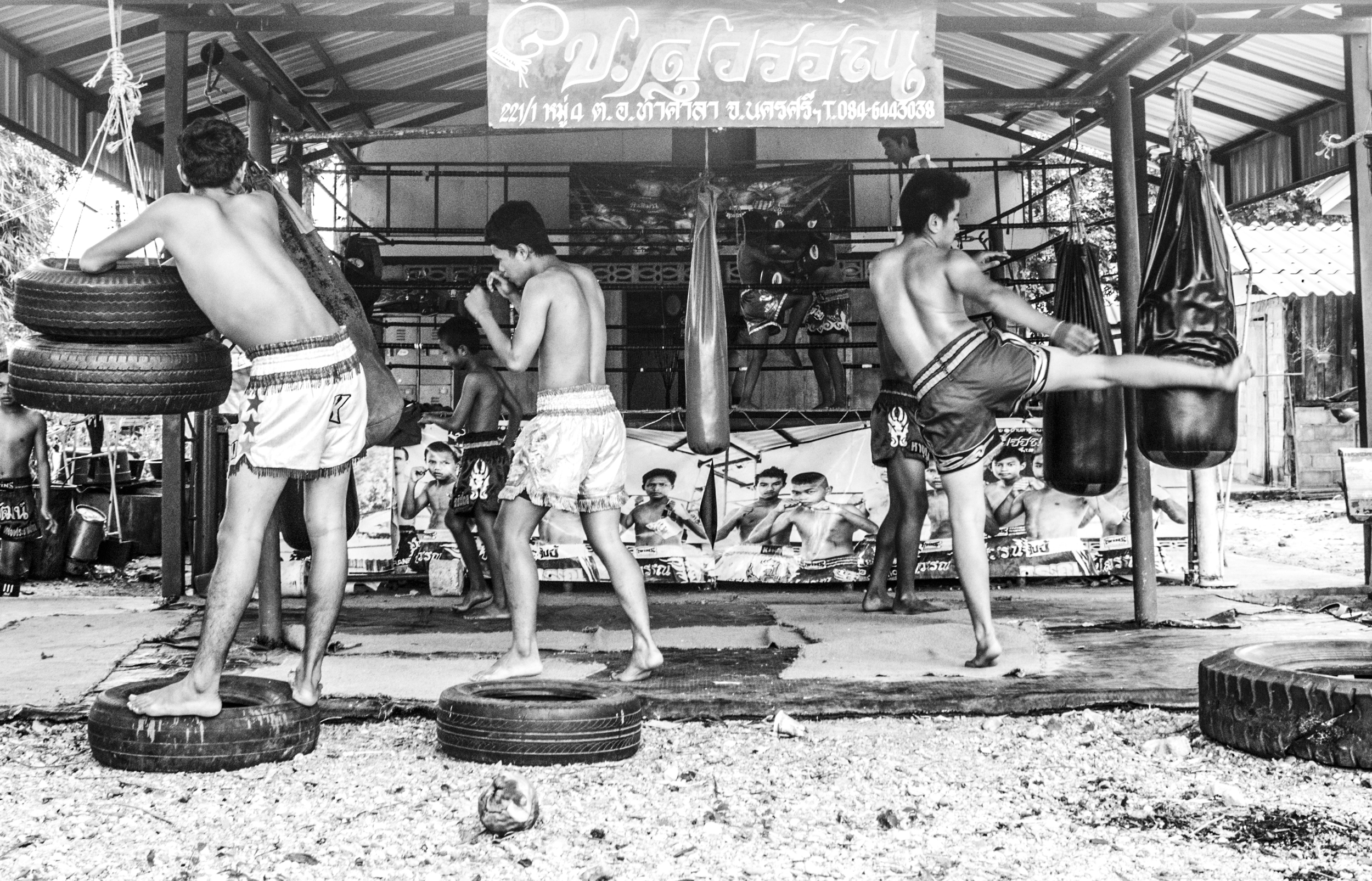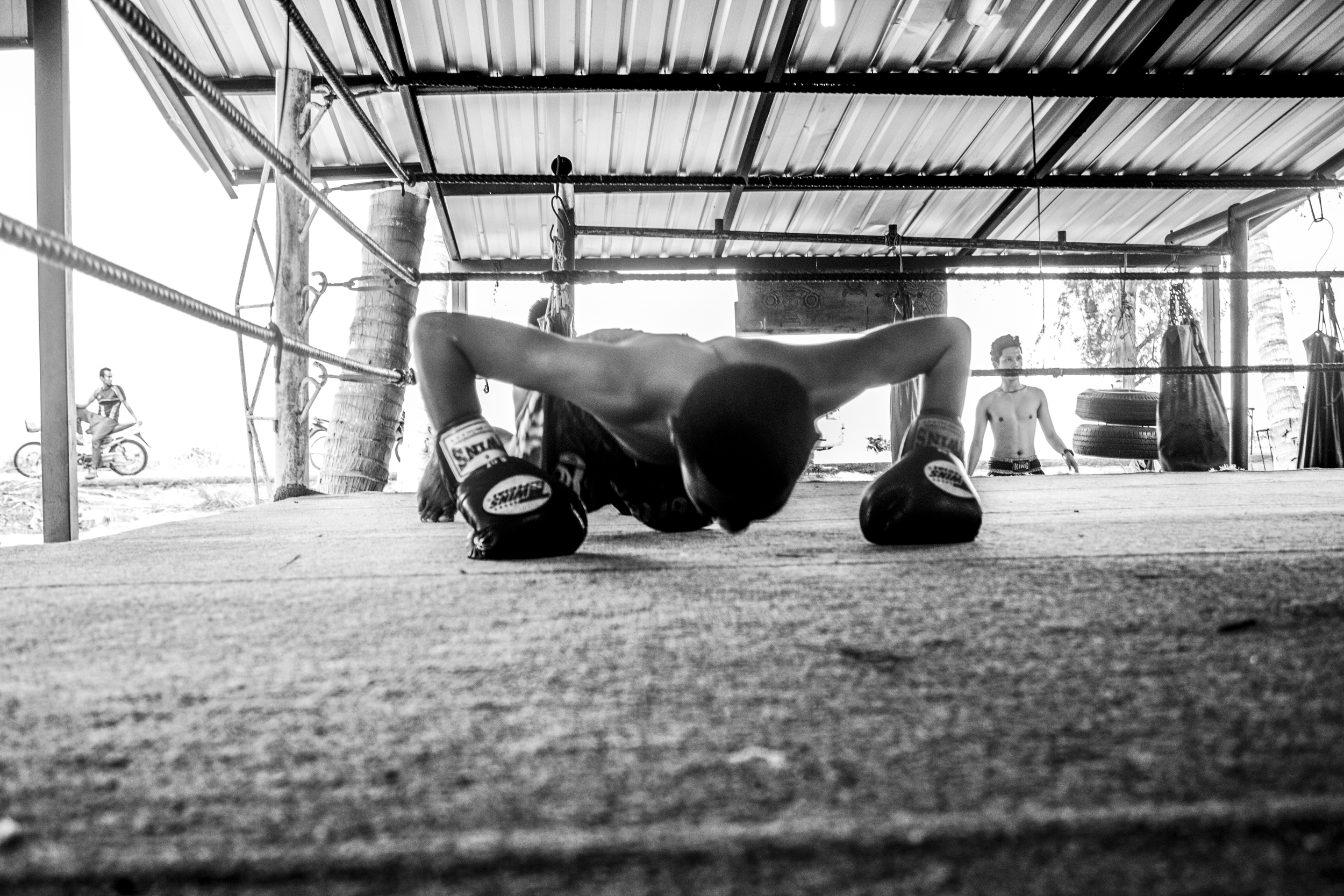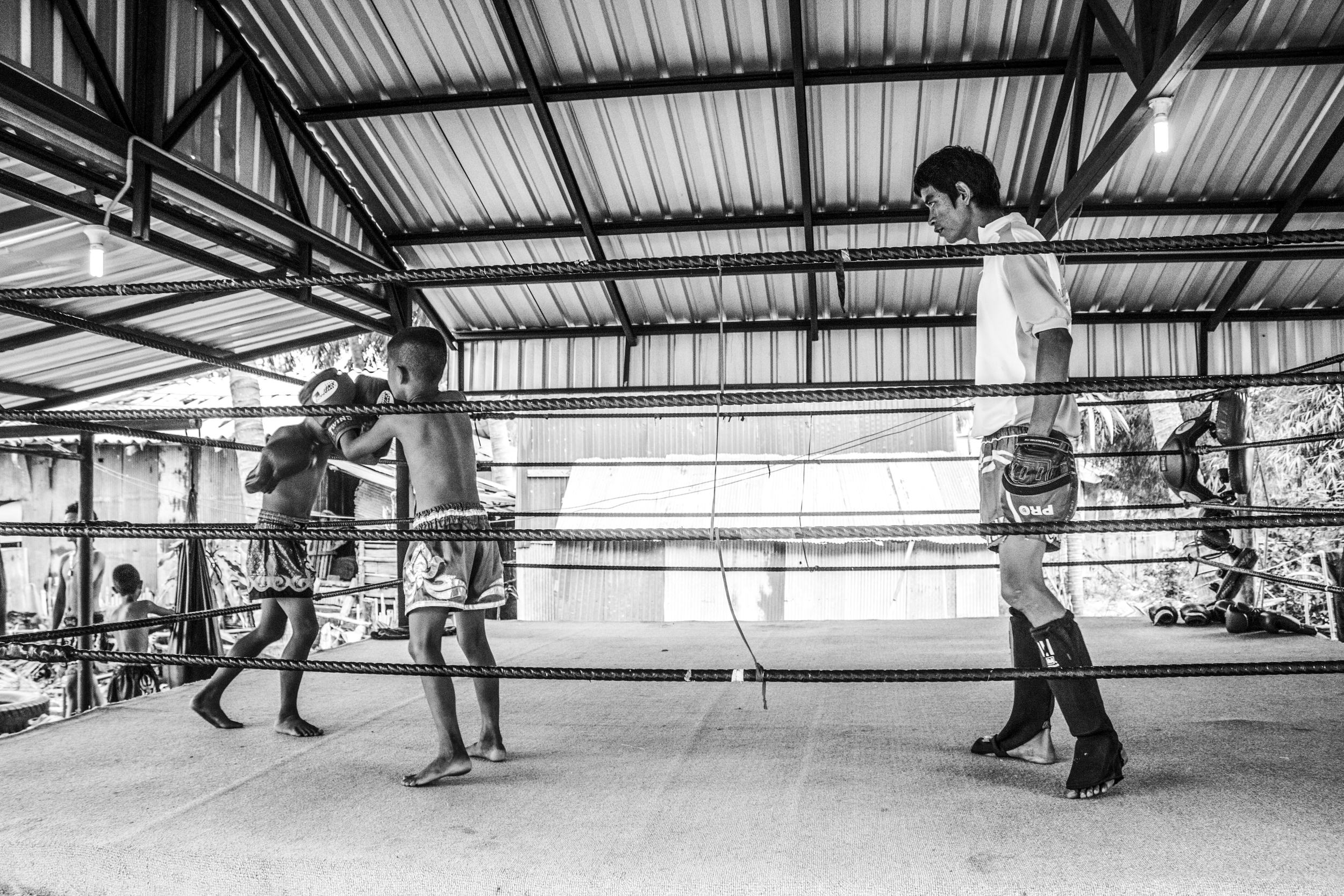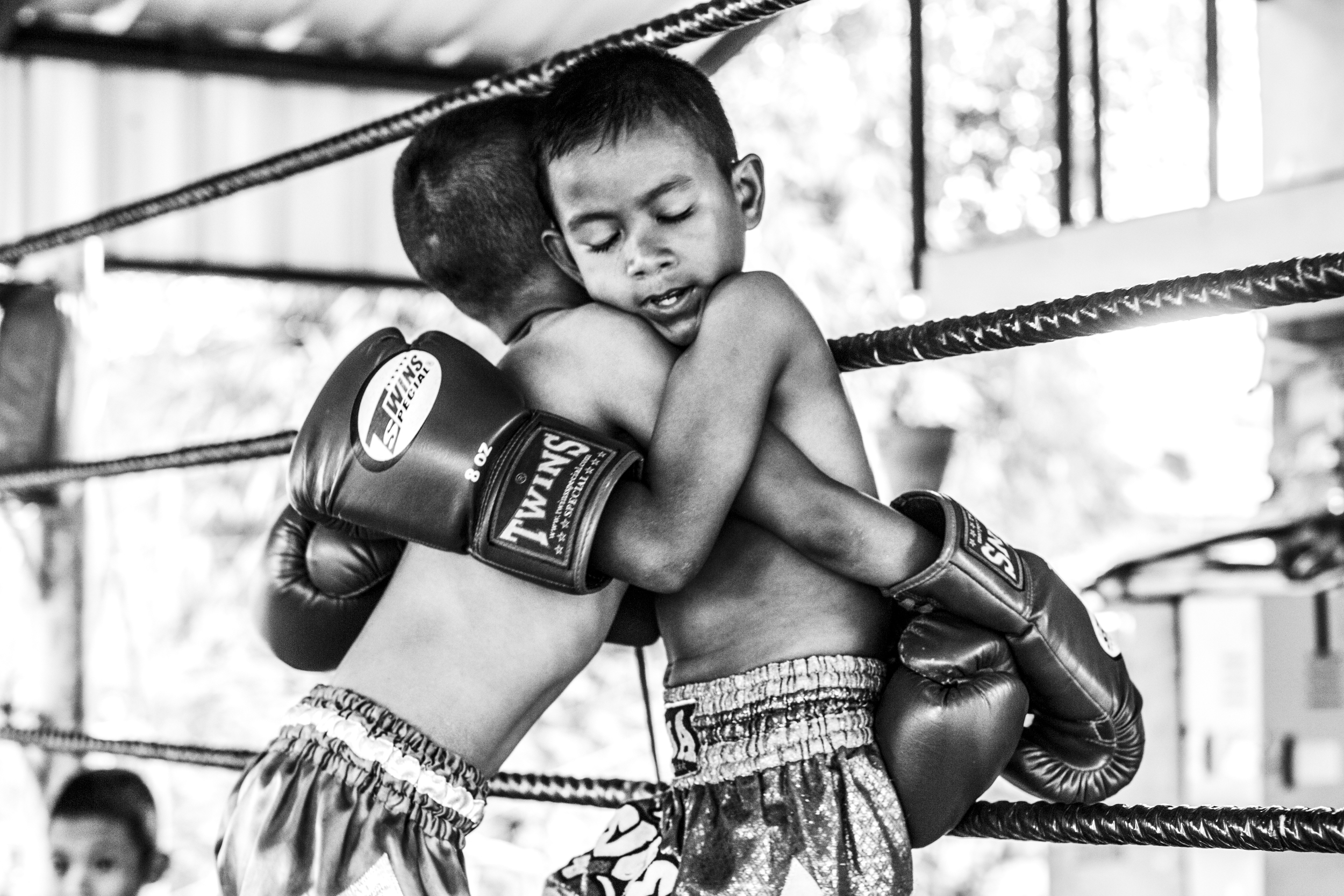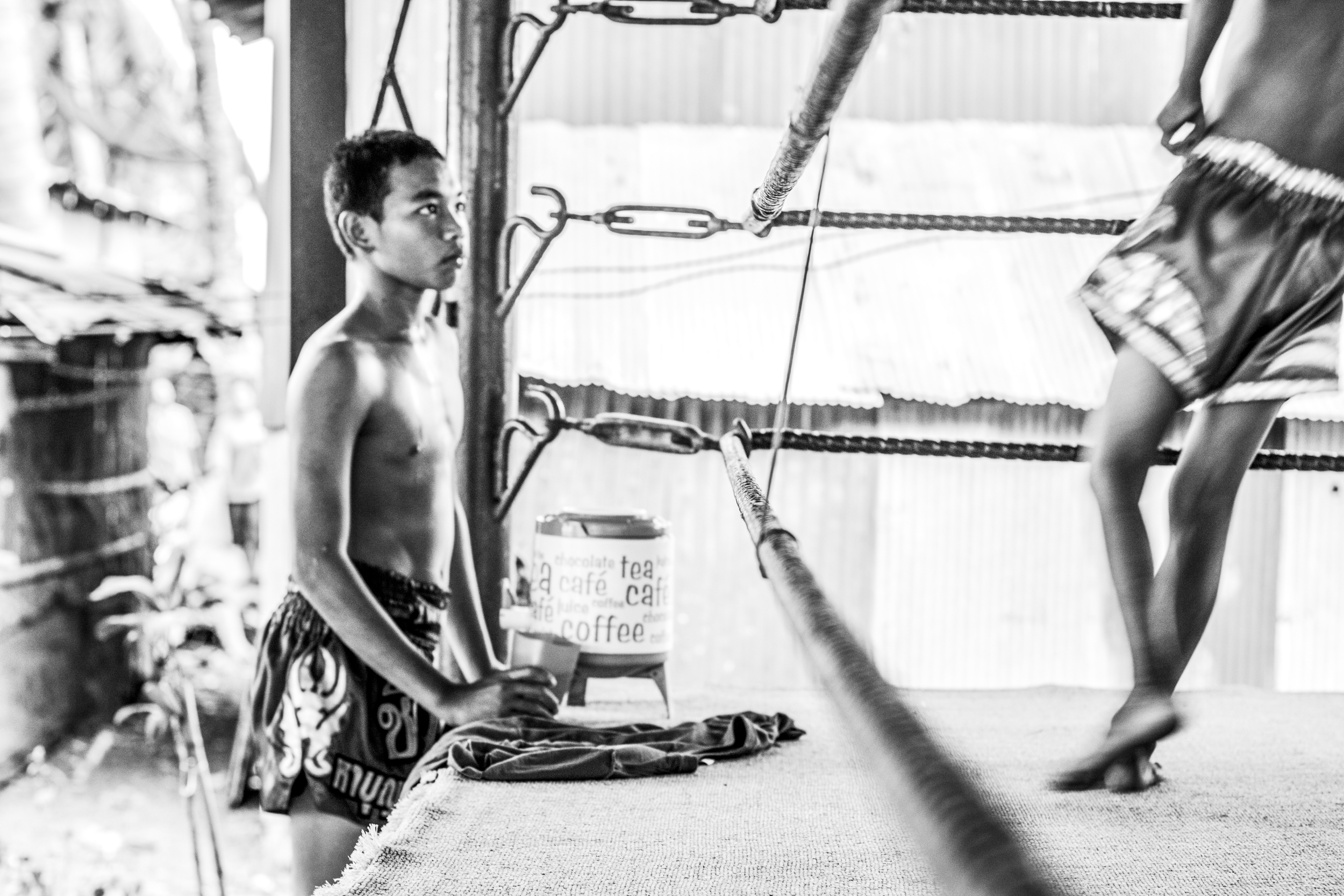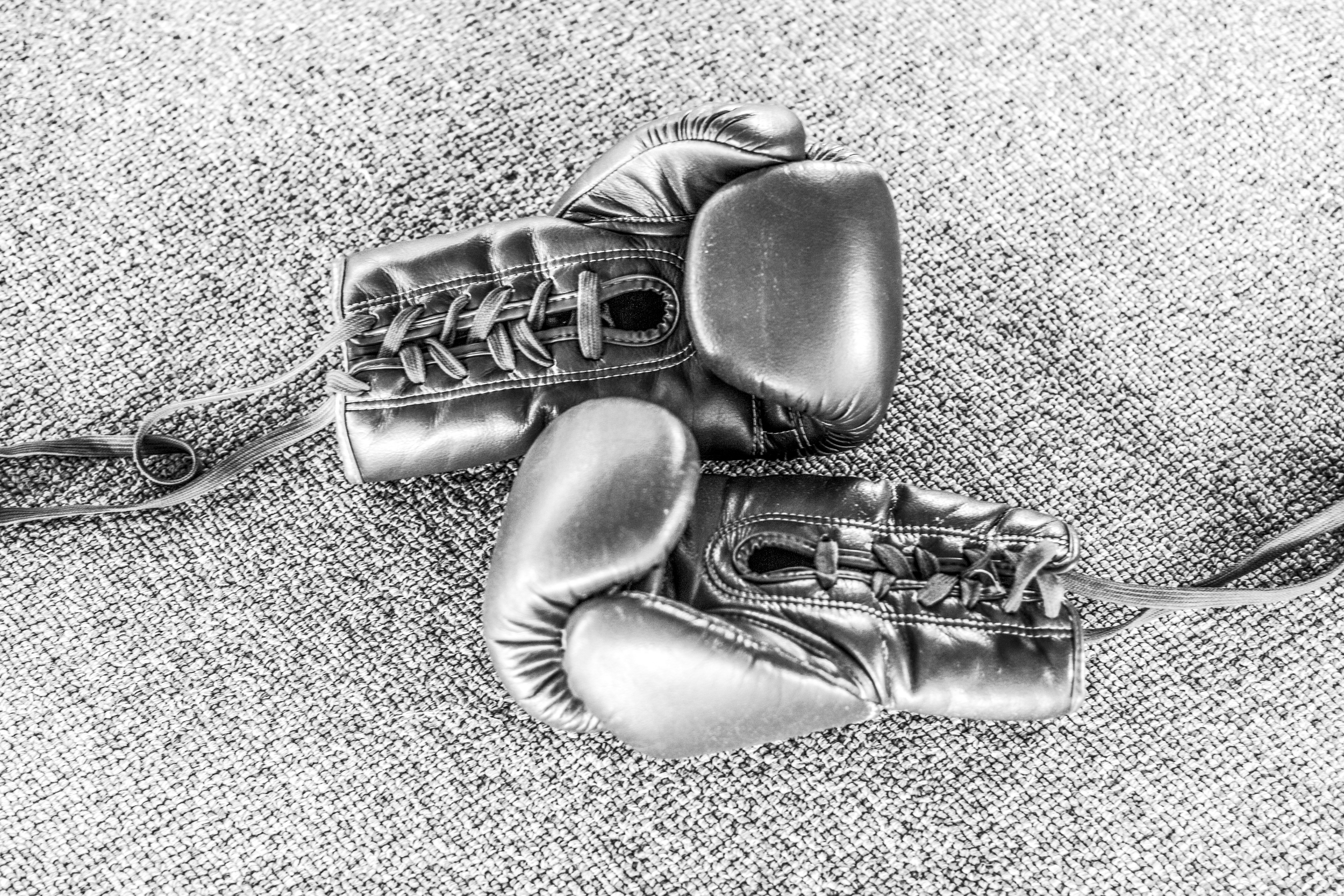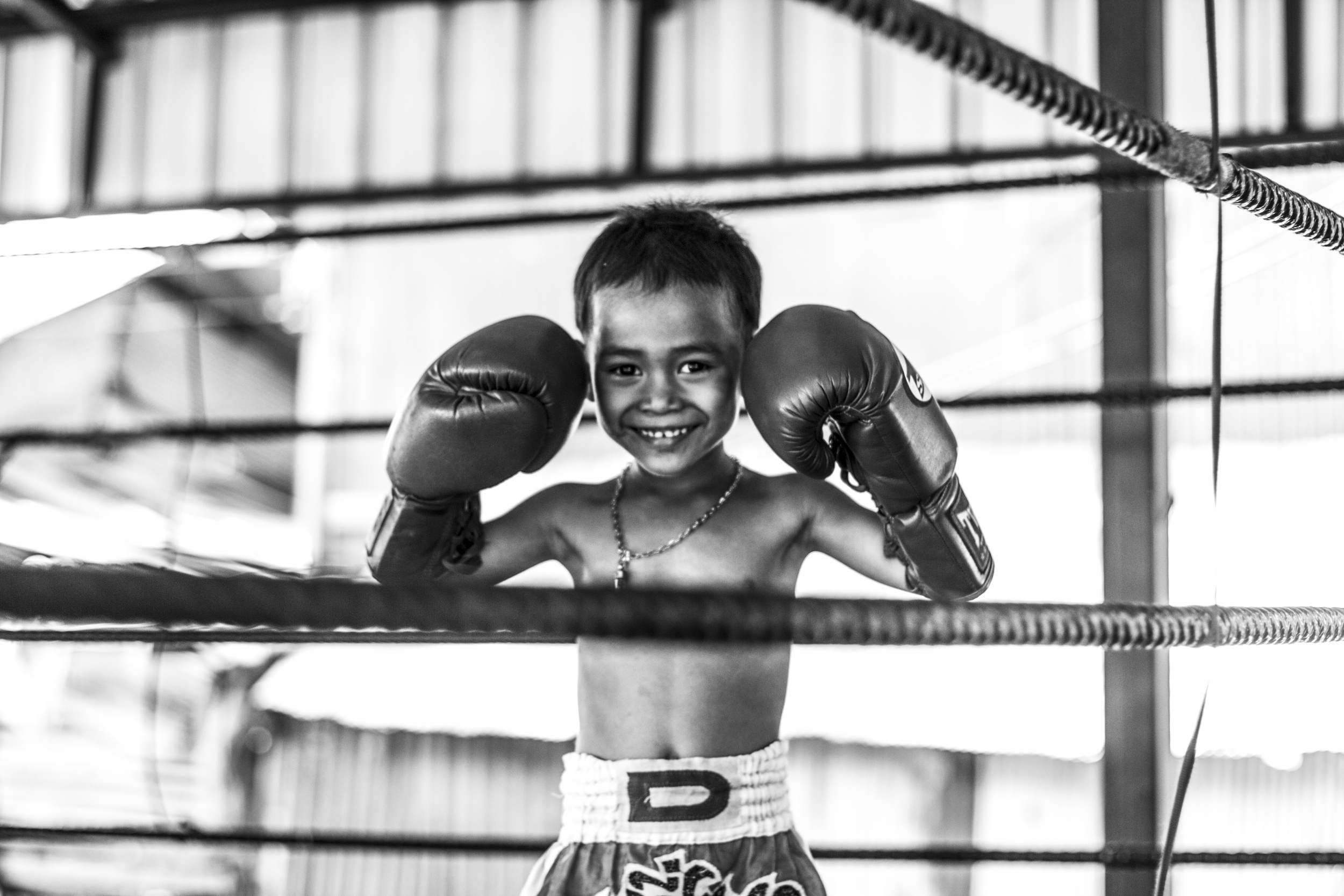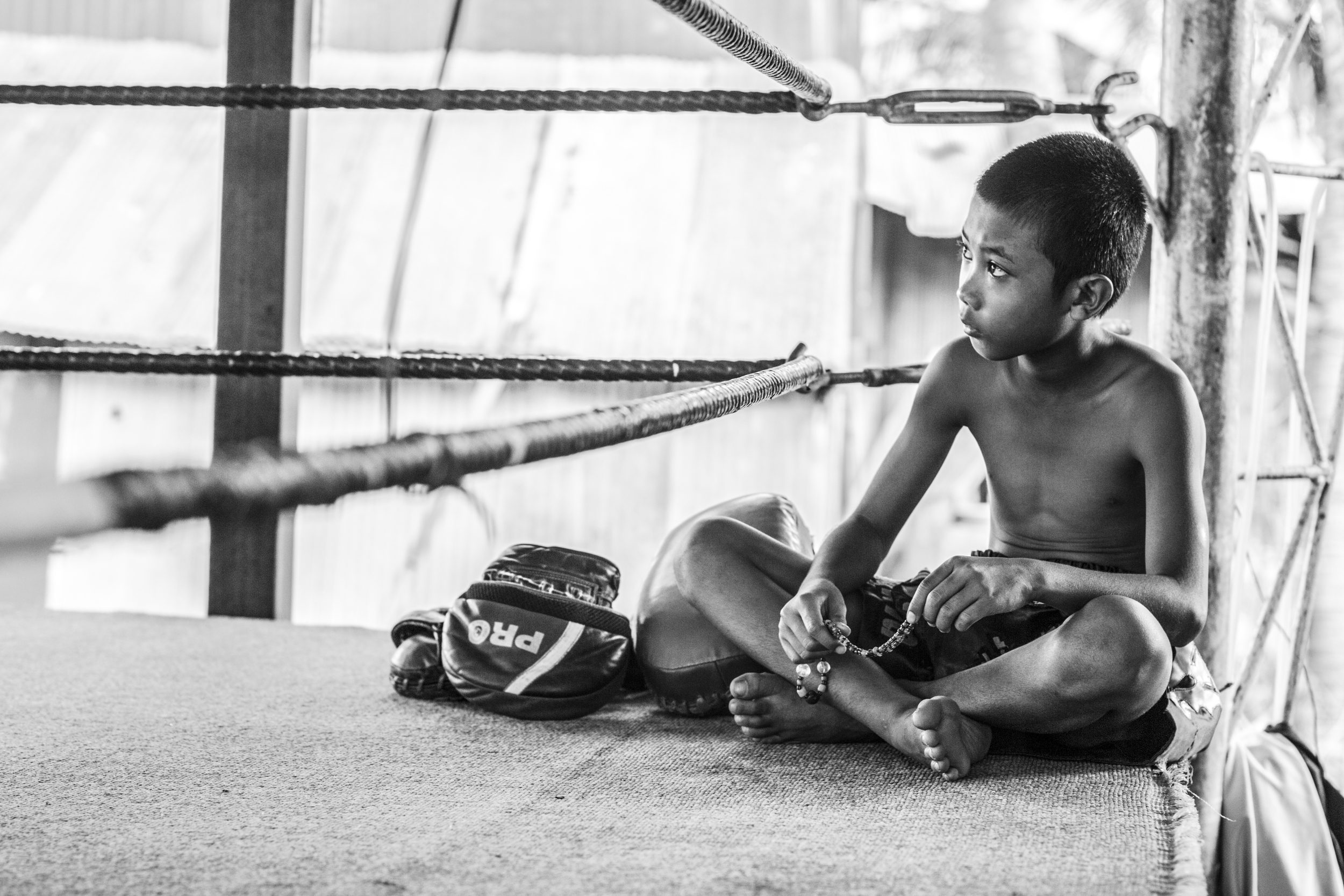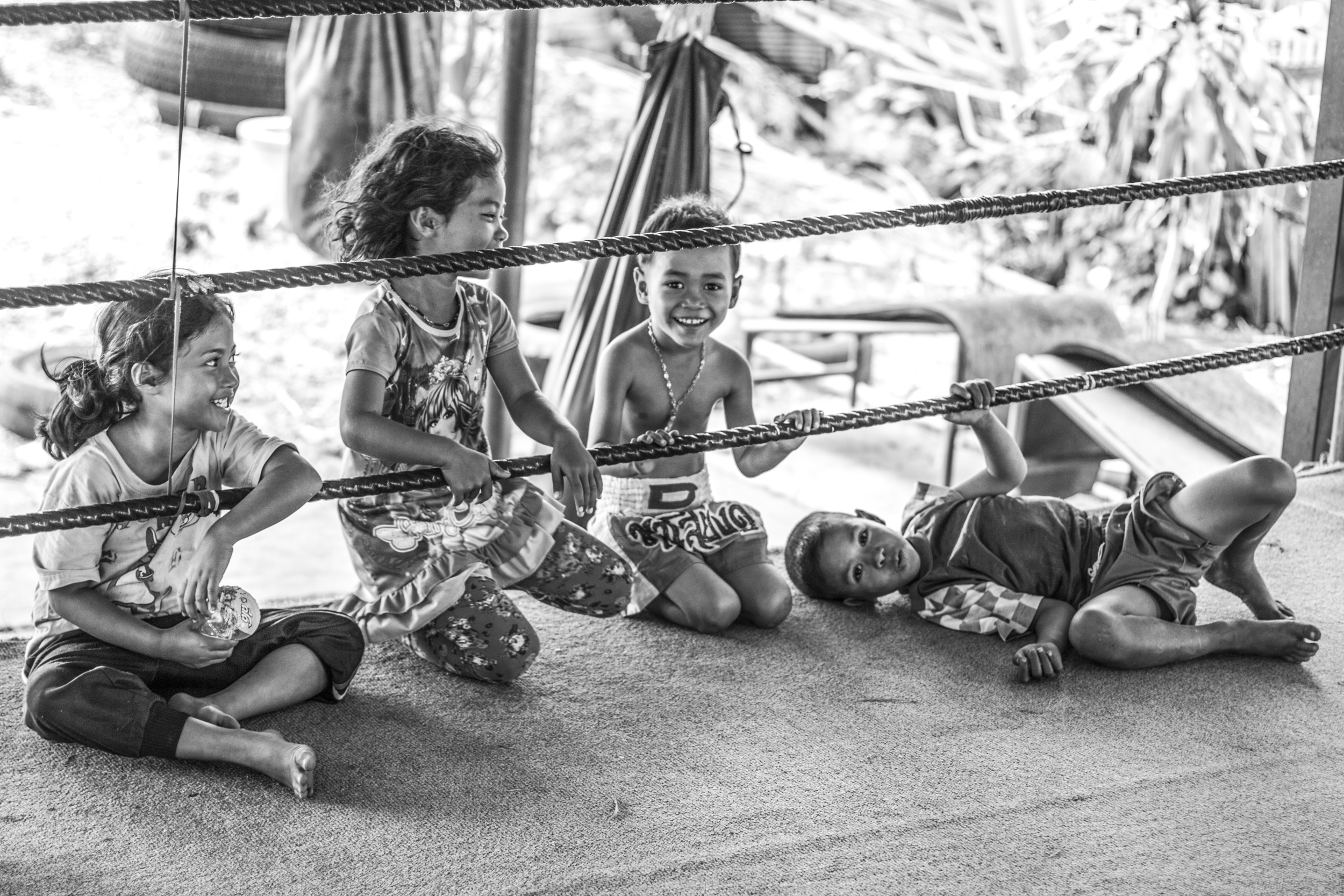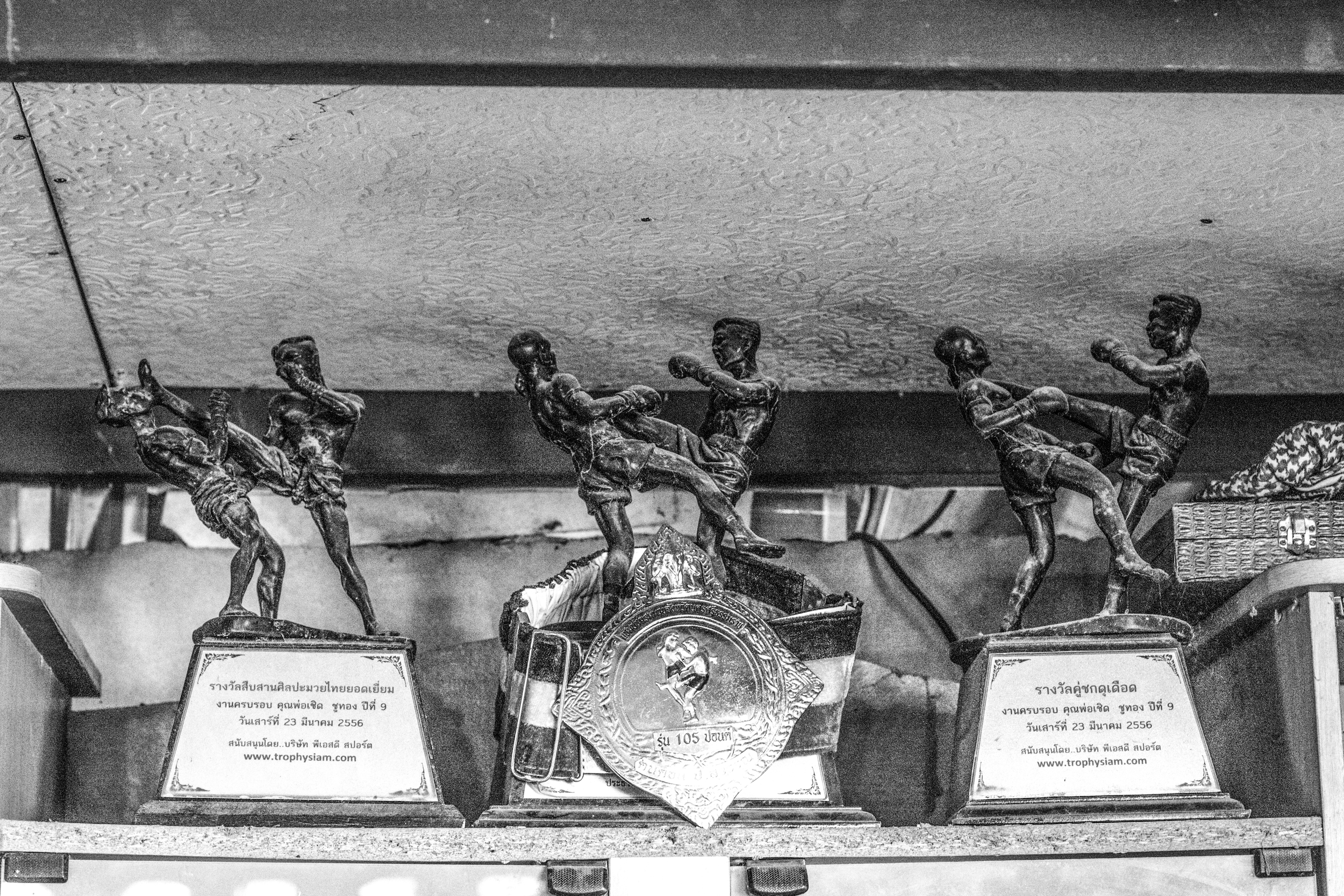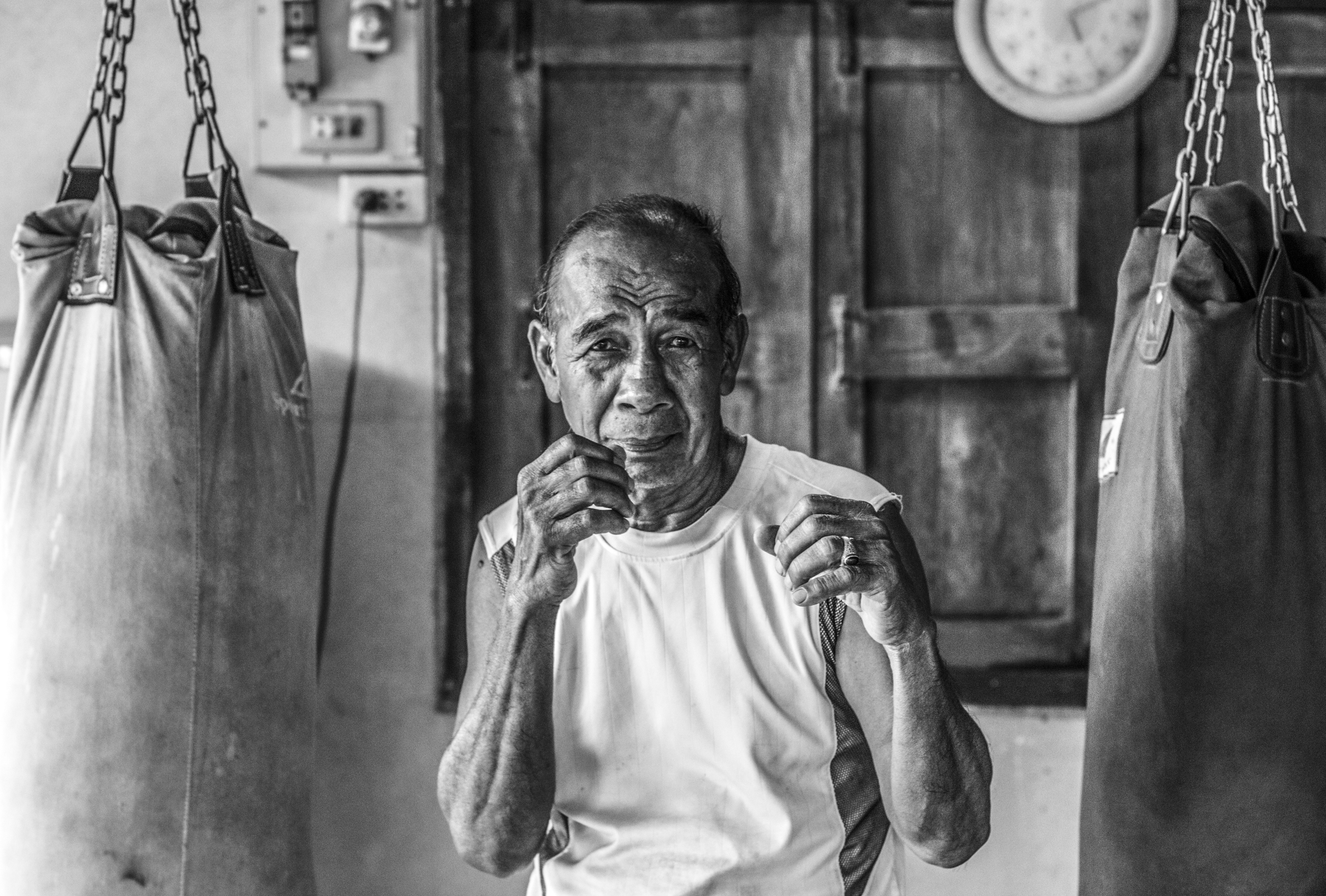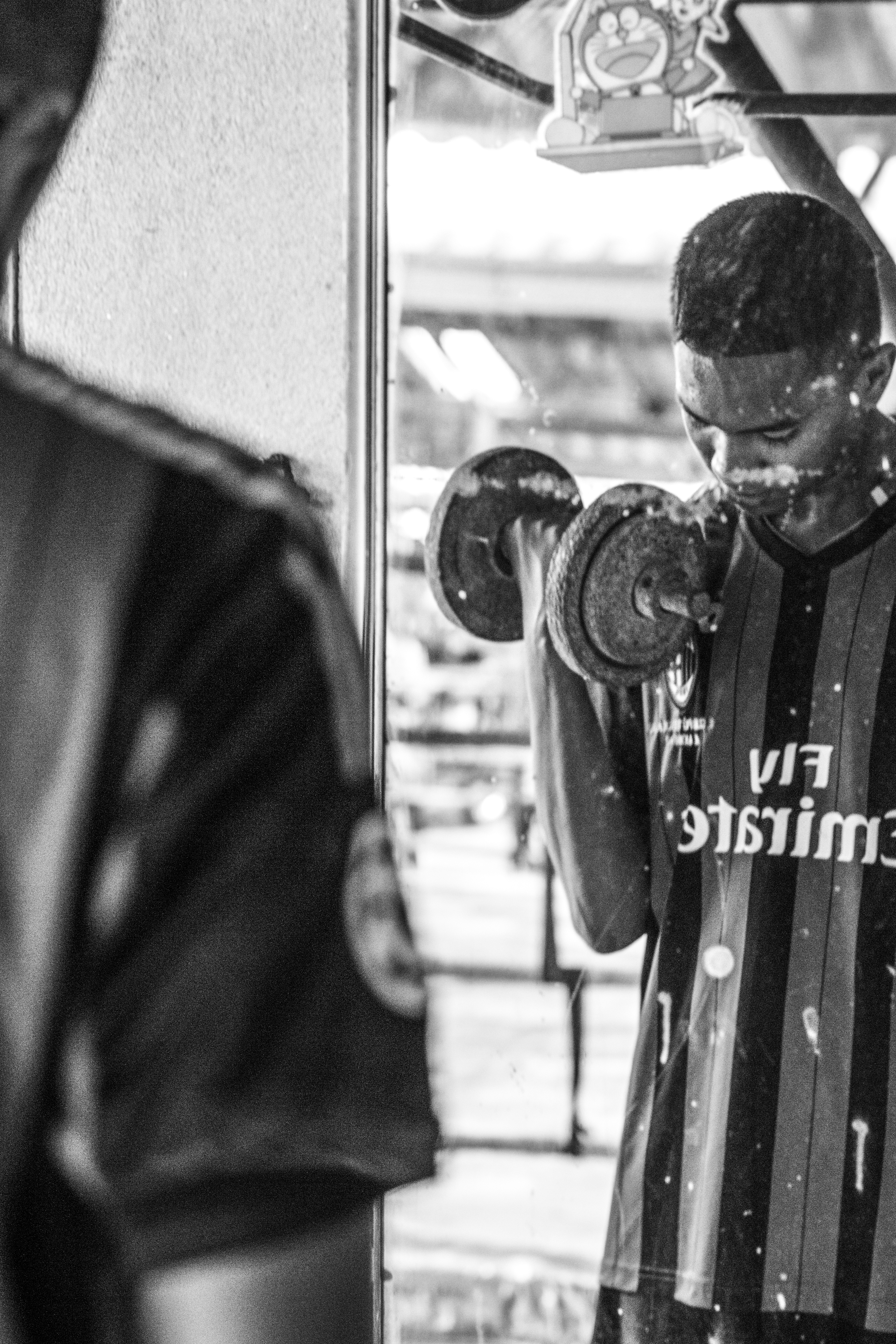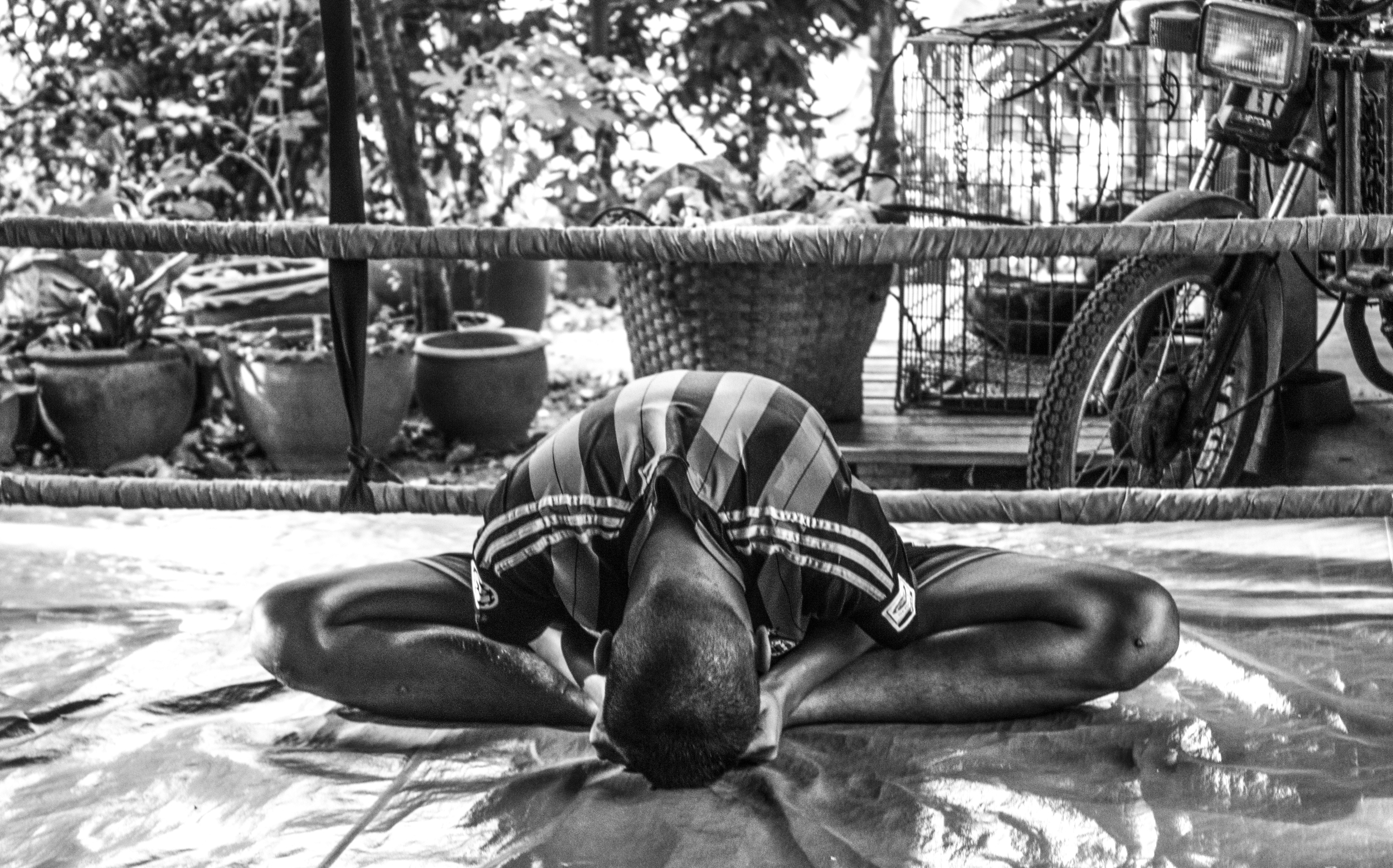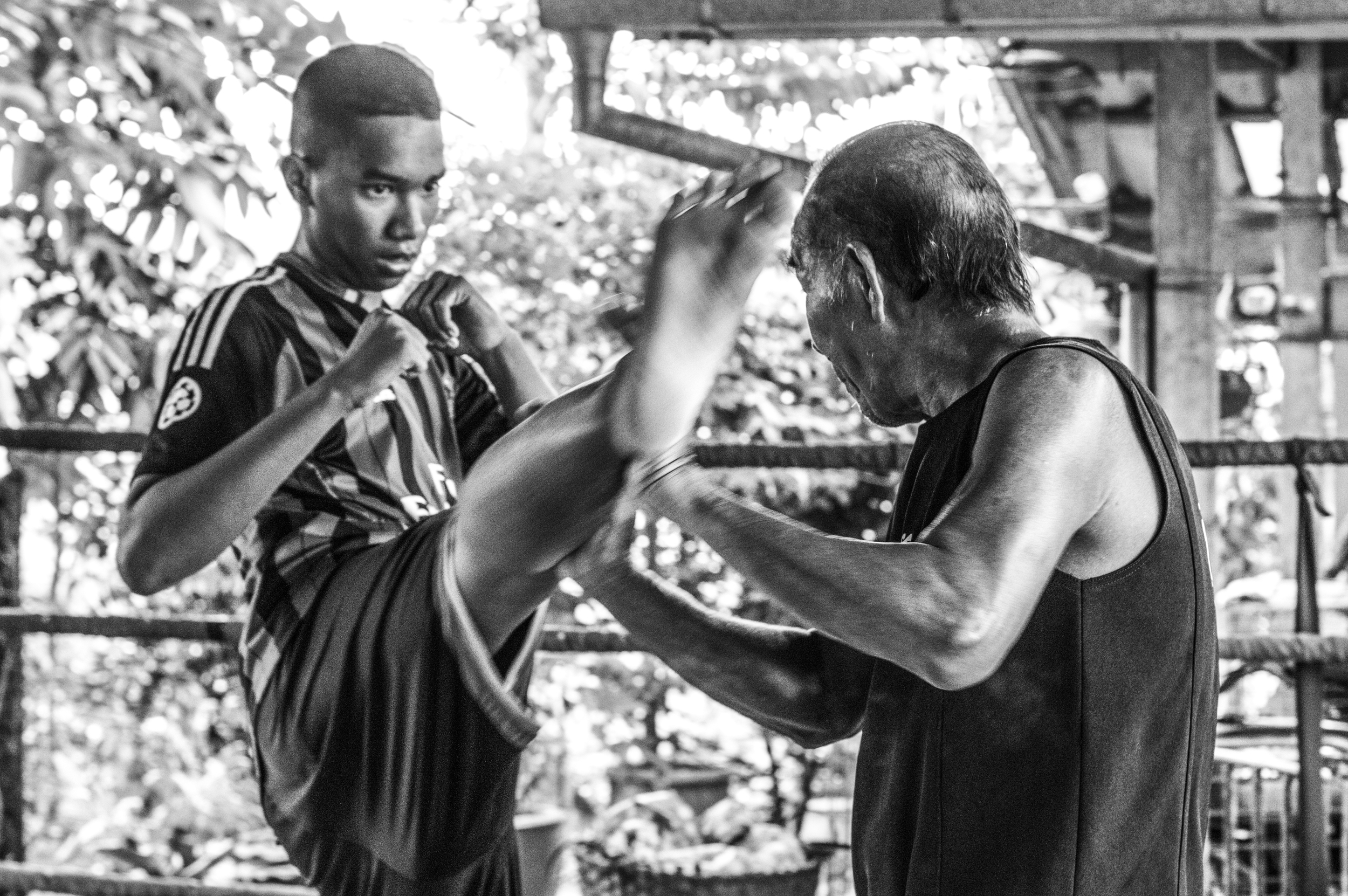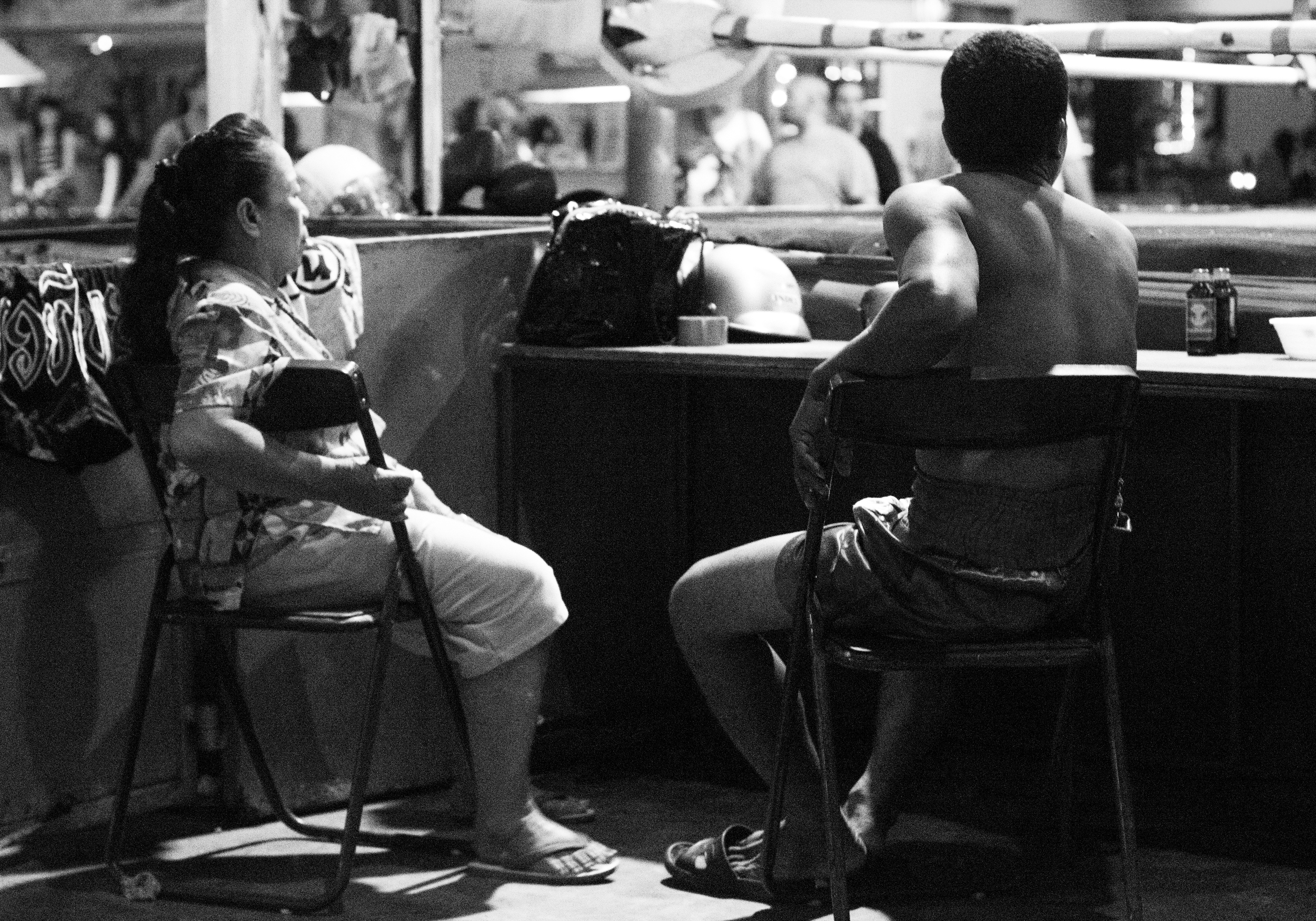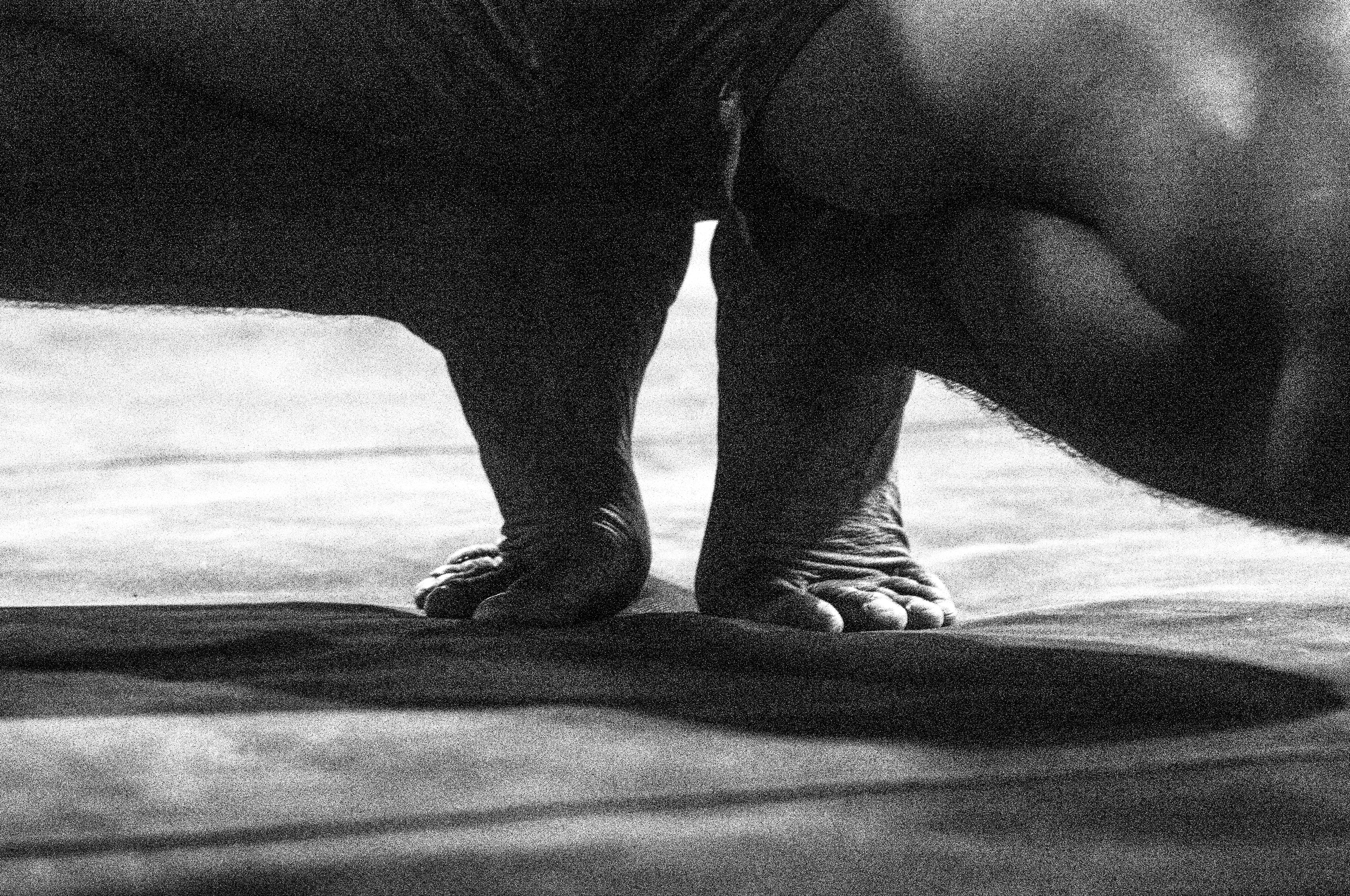The Art of Muay Thai and its Community
In the summer of 2014, I traveled to Thailand in order to craft a narrative on Muay Thai, a form of fighting developed in the country several centuries ago.
This narrative is a collection of photographs that reflect Muay Thai, a martial art form that descended over a millennium ago from the Kingdom of Thailand. Muay Thai is unique because it slowly transforms the body into one all-powerful machine. Practitioners train their bones to withstand massive amounts of stress through diverse processes, specifically cortical remodeling. This process calls for the repeated striking of stiff objects, which eventually leads to reforms in bone mass and increased density in areas of stress.
The body then converts into a caricature of the most savage weapons of war.
Shins and forearms are precisely hardened to act as an armor in order protect oneself. Hands act as the blade and saber. The elbow becomes a vicious staff. The legs and knees mutate into a menacing hatchet. Every part of the body is used to its full extent. These eight distinct points of contact are why Muay Thai is notably alluded to as “The Art of Eight Limbs.” The popularity of this combat sport has grown immensely in the past century. Modernization of Muay Thai by King Rama VII (r. 1925-35) revolutionized the sport by systemizing rules and regulations. In 1995, the World Muay Thai Federation was founded and later established in Bangkok. There are now thousands of gyms spread all over the globe.
Presented in my collection are two Muay Thai camps: Poonsawat Camp, which is located in Tha Sala, Thailand, and Camp Sitawee, which is located in the southern district of Nakhon Si Thammarat, Thailand.
Poonsawat Camp is led by Bao Witoon, a passionate boxer who trains anyone interested in the sport completely free of charge. He has run the camp this way for the past 10 years and believes that seeing his students healthy and drug free is payment enough. Witoon trains fighters to a certain skill level before sending them off to train with professionals in Bangkok. Camp Sitawee, on the other hand, is led by Narong Komsaman, an elderly boxer who has actively engaged in the sport for over 50 years. Students pay between 500-1000 baht (16-32 USD) per month to train with Komsaman, who has run Camp Sitawee for the past 30 years. Unlike Witoon, Komsaman teaches Muay Thai primarily for the history and culture of Thailand.
These photographs are presented in an order which I deemed most appropriately fit.
